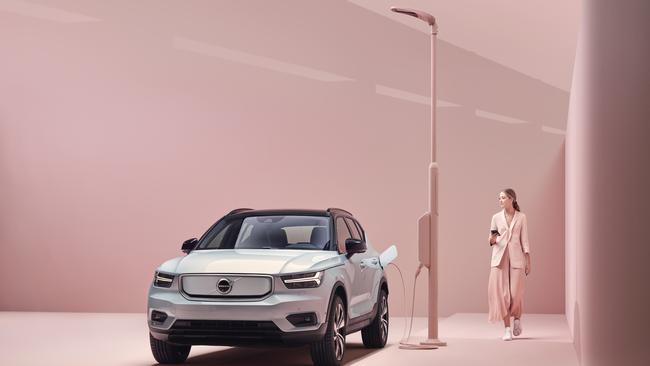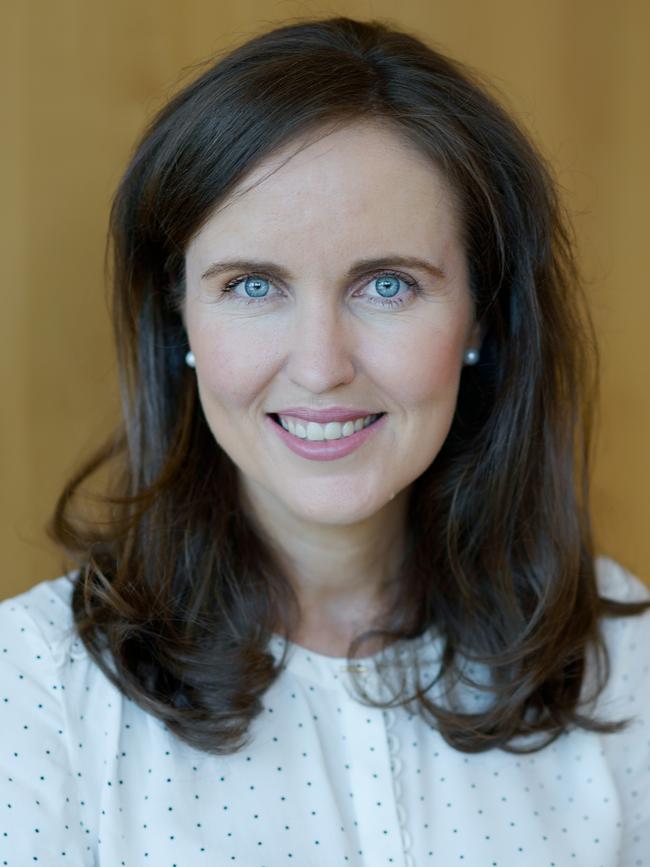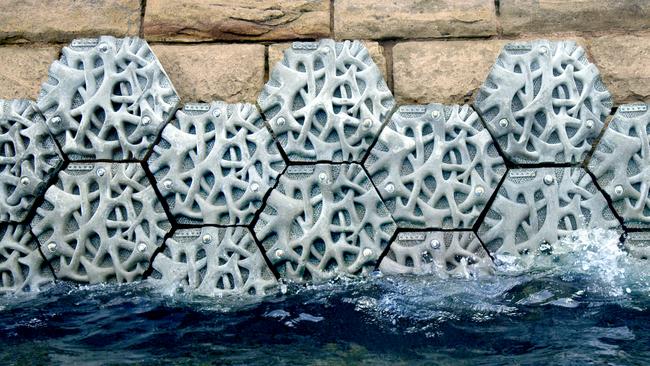Sound advice from Volvo on sonic codes
Sonic codes help people recognise who’s talking to them before the brand appears, and Volvo has found the Swedish voice is audio shorthand for quality and safety.

Sonic branding has been “instrumental” in connecting advertising to its cars, according to a top marketer at Volvo Car Australia.
Marketing director Julie Hutchinson, who has worked at the Swedish auto giant for four years, after more than a decade in marketing roles at Lexus, said the power of “sonic codes” has been part of a considered and tactical marketing strategy.
Sonic codes is described by creative director and founder of sonic branding specialist Resonance, Ralph van Dijk, as serving as “audio shorthand”. He said they are designed to help people recognise who’s talking to them before the brand name has even been mentioned or the logo appears.
“Sonic codes are critical for brands and delivering those codes deliberately and consistently is something that brands must be looking at. It’s been key for us and we see the impact through neuroscience research which shows the voice over strongly contributes to peaks in memory encoding,” Ms Hutchinson explained.
“Whether it’s a short jingle, a music track, instrument or a voiceover artist, as long as people can draw upon it very quickly and easily and think – even subconsciously – about your brand, then this will serve you well.”
Created to reflect the company’s commitment to climate neutrality and electrification, in April this year Volvo rolled out its “Ultimate Safety Test” ad campaign.
The film kicks off with a tour of Volvo’s high impact safety tests before moving to the Arctic Circle and flipping to dramatic scenes of a crumbling glacier, adding the apt line of “climate change is the ultimate safety test”.
The ad launched in Australia with Ms Hutchinson tweaking the creative by adding a Swedish voiceover on top of the subtitles.
“So many marketers get bored so they are constantly changing their campaigns, but consumers can’t keep up. By using sonic cues, such as us adding the Swedish voiceover in this market on the global campaign, this has been instrumental in connecting our communications.

“It’s about building those triggers that will stay and be continuous beyond just the campaign period and build mental availability for Volvo.”
Ms Hutchinson first used the Swedish voiceover on a Volvo ad in July 2018.
The move stemmed from the marketer needing to address the lack of identity Volvo had in the market and wanting to ensure the brand appeared larger in the eyes of consumers.
To do this meant increasing the visibility of Volvo via media, and building Volvo’s identity, via creative, with the ultimate goal of increasing Volvo brand consideration among luxury car intenders.
Between 2018 and 2020 Volvo sales increased by 66 per cent and YTD sales are up 28 per cent, which Ms Hutchinson said makes Volvo the fastest growing luxury car brand in Australia.
The cluttered auto market sees Volvo with a 0.9 per cent market share, making it a small player in a highly competitive marketplace which has more than 68 car brands for consumers to choose from.
“We are a 1 per cent player in a highly competitive market and my mantra since I started at Volvo almost four years ago has been to make Volvo look bigger than it is in the minds of consumers,” she said.
“This is aided by the backbone of our communications – sonic codes – which is now an important part of how we go to market. I wouldn’t want to go to market without our voiceover artist, because I think it plays a critical role in people recognising Volvo.”
For iiNet it’s David Lee Smyth’s Irish lilt, for Bunnings it’s an elaborate organ melody and for Netflix it’s two heavy kickdrum beats – while some brands are confident in their sonic branding, this hasn’t always been the case.
Mr van Dijk said getting under the skin of a brand to identify its sonic essence tended to uncover the “schizophrenic way” sound had been used in the past, often going from one campaign to the next with zero sonic consistency.
Reasons for a new-found love for sonic branding, according to Mr van Dijk, include an increase in audio consumption via podcasts, streaming, audiobooks, new technology such as smart speakers and the ability for audio to unite a brand’s communication across all media and multiple touchpoints.
“In such a cluttered environment, it’s vital for marketers to utilise anything they can to cut through the noise and reinforce what makes their brand distinctive,” he said.
He said in Volvo’s case, a Swedish voiceover communicates quality, safety and European style even if the script is about something different.
Mr van Dijk, whose company uses an Ehrenberg-Bass Distinctive Asset methodology for its sonic branding, said there is compelling research that proves how audio assets are on average significantly more successful in bringing a brand to mind than any visual option and that it is possible to measure the success of sonic branding.
While sonic codes have helped with Volvo’s take-up in market, as well as an always on branding and retail presence and savvy media planning at the start of the year, Ms Hutchinson said the rise of the conscious consumer, which comes from a pressing need to ensure products are ethical, sustainable and regenerative, is having a transformational impact – particularly on notions of luxury.

“No longer is luxury simply about bling and status symbols. Positive impact will equal premium,” she said.
“With our global chief executive Hakan Samuelsson saying that ‘sustainability is now as important as safety to us’, Volvo committing to become a climate neutral company by 2040, to only produce fully electric vehicles by 2030 and no leather in future electric cars, these are all moves that appeal to the conscious consumer.”
Volvo Australia has been championing sustainability for some time, with its award-winning ocean conservation project, the Living Seawall, making global headlines in 2018. Created with ad agency whiteGREY, the man-made wall was designed to mimic the root structure of native mangrove trees and can be seen along an existing seawall structure in Sydney Harbour.


